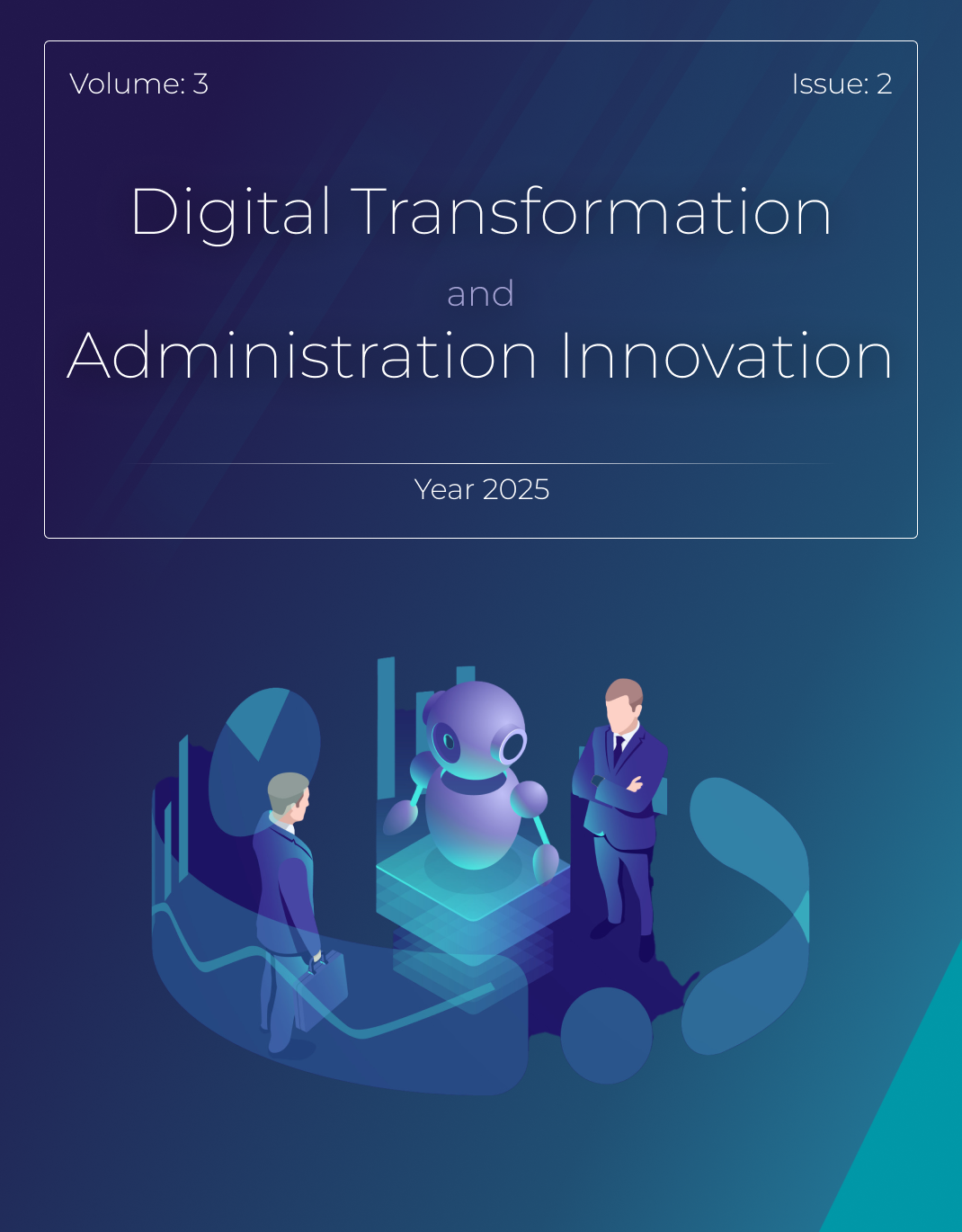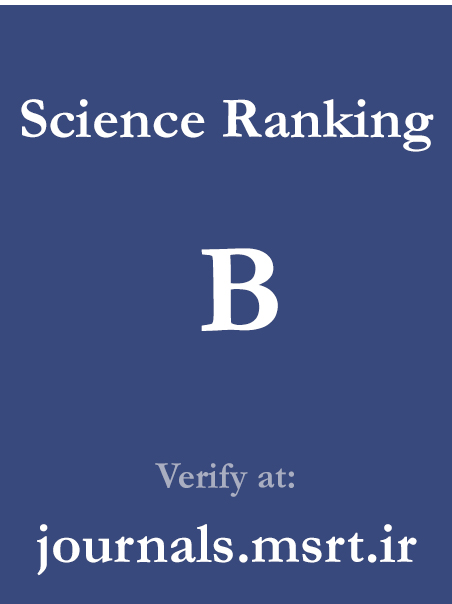Presenting a Paradigmatic Model of Financial Technology in Small and Medium-Sized Enterprises in Gilan Province
Keywords:
Financial Technology, , Small and Medium-Sized Enterprises, Paradigmatic ModelAbstract
The objective of the present study was to propose a paradigmatic model of financial technology (FinTech) in small and medium-sized enterprises (SMEs). This research employed a qualitative method and was applied in nature. The statistical population included scholarly articles and documentation as well as experts such as managers in financial and banking businesses, university faculty members, and information technology specialists. Participants were selected purposefully using the snowball sampling method. Accordingly, interviews were conducted with 17 experts. The research instrument consisted of semi-structured interviews, the validity of which was evaluated using face validity, and reliability was assessed through inter-coder agreement. Thematic analysis was employed to analyze the data. Findings revealed that the paradigmatic model comprises: Causal factors including marketing mix, strategic thinking, team characteristics, communication, and interactions; FinTech outcomes including efficiency and effectiveness; Intervening factors including investment risks, trust-building, and overcoming barriers to implementation; Strategies including attracting investors, securing financing, and enhancing financial and technical knowledge; FinTech consequences including achieving personal success, creating value for society, and generating value for businesses.
Downloads
References
Acar, O., & Çıtak, Y. E. (2019). Fintech integration process suggestion for banks. Procedia Computer Science, 158, 971-978. https://doi.org/10.1016/j.procs.2019.09.138
De Roure, C., Pelizzon, L., & Tasca, P. (2016). How does P2P lending fit into the consumer credit market?
Haider, H. (2018). Constraints to business growth in low-and medium-income countries. https://opendocs.ids.ac.uk/ndownloader/files/48259375
Hosseini, M. A.-S. (2021). Examining the impact of fintech ecosystem dimensions on business models, investment decision-making, and financial challenges. Proceedings of the First International Conference on Advances in Management, Economics, and Accounting, Sari. https://civilica.com/doc/1463337/
Jaksic, M., & Marinc, M. (2015). The future of banking: The role of information technology. Bancni vestnik: Banking sector at the crossroads: challenges for the future, https://papers.ssrn.com/sol3/papers.cfm?abstract_id=2656388
Khalil, M. (2020). Financial Citizenship as a Broader Democratic Context of Financial Literacy. Citizenship, Social and Economic Education, 1-14. https://doi.org/10.1177/2047173420948411
Kou, G., & Lu, Y. (2025). FinTech: a literature review of emerging financial technologies and applications. Financial Innovation, 11(1), 1. https://doi.org/10.1186/s40854-024-00668-6
Krüger, N. A., & Meyer, N. (2021). The development of a small and medium-sized business risk management intervention tool. Journal of Risk and Financial Management, 14(7), 310. https://doi.org/10.3390/jrfm14070310
Kumari, A., & Devi, N. C. (2022). The impact of fintech and blockchain technologies on banking and financial services. Technology Innovation Management Review, 12(1/2). https://doi.org/10.22215/timreview/1481
Moradi, S., Naderi, N., & Delangizan, S. (2021). Foresight of the Iranian banking industry with an emphasis on the role of fintech startups in the horizon of 2025. Studies in Intelligent Business Management, 10(38), 37-67. https://ims.atu.ac.ir/article_13165.html
Nevskaya, M., Seleznev, S., Masloboev, V., Klyuchnikova, E., & Makarov, D. (2021). Involving small and medium-sized mining industry businesses in mining waste processing in the Russian Federation. Mineral Economics, 34, 81-86. https://doi.org/10.1007/s13563-020-00222-7
Pahlavaniyan, M. (2022). Designing a framework to evaluate the role of financial citizenship in determining Iran's transition pathway to emerging financial technologies Faculty of Economic and Administrative Sciences, University of Mazandaran].
Paulet, E., & Mavoori, H. (2020). Conventional banks and Fintechs: how digitization has transformed both models. Journal of Business Strategy, 41(6), 19-29. https://doi.org/10.1108/JBS-06-2019-0131
Payandeh, R., Manteghi, M., & Shahbazi, M. (2021). Analyzing and uncovering patterns of collaboration between Iranian banks and fintechs. Innovation Management, 10(1), 161-188. https://www.nowavari.ir/article_132274.html?lang=en
Sheng, T. (2020). The effect of fintech on banks' credit provision to SMEs: Evidence from China. Finance Research Letters, 101558. https://doi.org/10.1016/j.frl.2020.101558
Zinchak, A. (2020). Developing marketing strategy for fintech start-up https://www.vdu.lt/cris/entities/etd/cc7ba597-f942-456b-b732-c986260a8416
Downloads
Published
Submitted
Revised
Accepted
Issue
Section
License
Copyright (c) 2025 Hossein Akbarpour Noshari, Mohammad Sadegh Horri, Iraj Nouri (Author)

This work is licensed under a Creative Commons Attribution-NonCommercial 4.0 International License.







